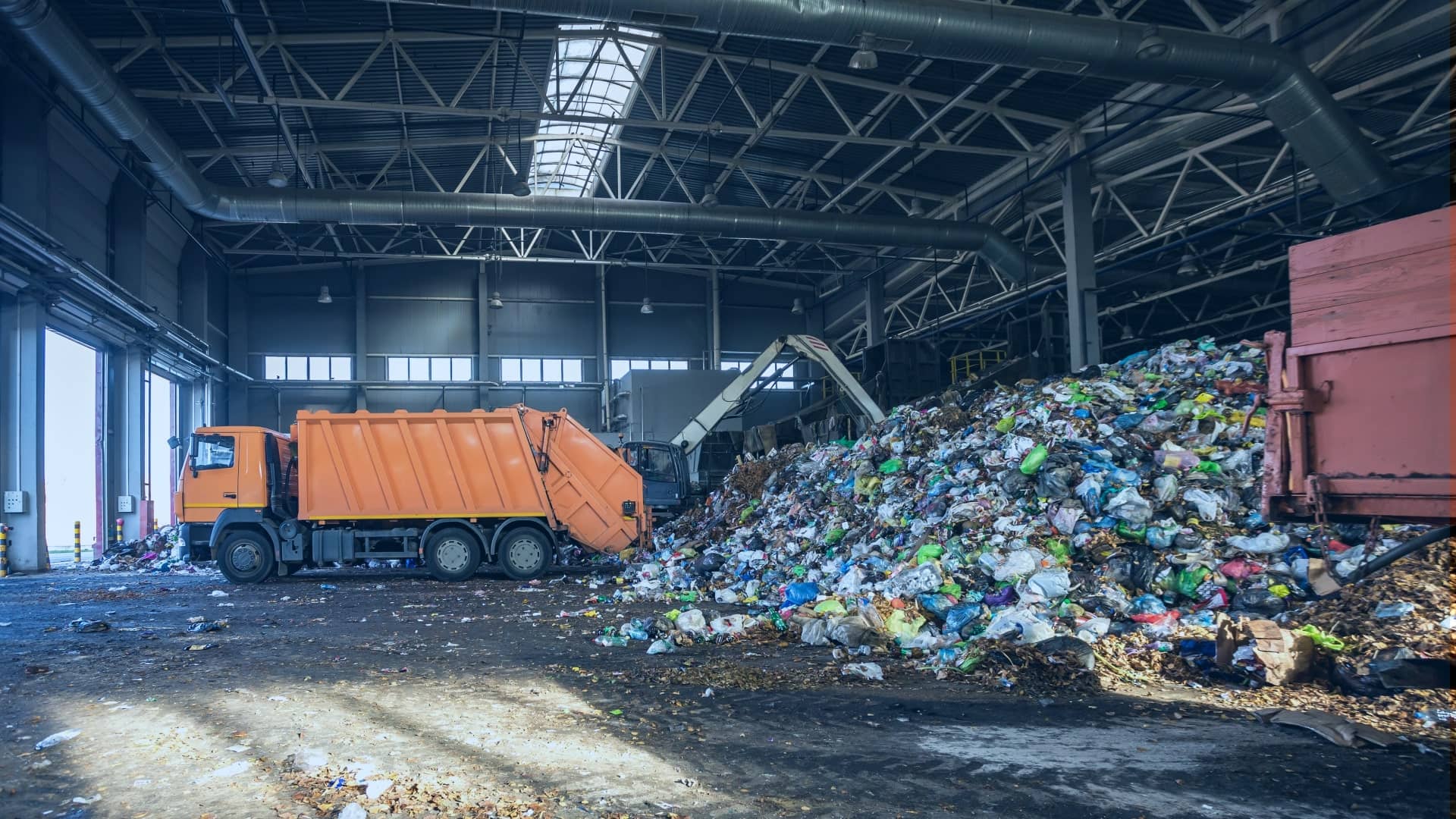The Facts About Reclaim Waste Uncovered
Table of ContentsWhat Does Reclaim Waste Do?About Reclaim WasteAn Unbiased View of Reclaim WasteWhat Does Reclaim Waste Do?The smart Trick of Reclaim Waste That Nobody is Discussing4 Simple Techniques For Reclaim Waste

Never put hazardous materials down sinks, bathrooms or stormwater drains pipes Compounds consisting of gas, oil, oil, chemicals and herbicides, and solvents such as paint strippers ought to not be put down sinks, toilets or stormwater drains pipes. These substances are hard to get rid of in the sewage therapy procedure and trigger air pollution problems in our regional rivers.

Although liquid waste is a term that covers a broad range of materials, there's an excellent reason why leaving its disposal to the specialists is recommended. Liquid waste is non-solid product that has no more use and has to be dealt with and taken care of according to regional, state and government regulations.
The 5-Second Trick For Reclaim Waste
Instances of fluid waste can consist of wastewater, fats, oils or oil, used oil, fluids, solids, gases or sludges and unsafe home fluids, there are some that are thought about to be much more dangerous than others when it comes to the environment and the health of pets and people alike. It's for this reason that each state and area have stringent guidelines connected to fluid waste monitoring.
Fluid waste can be stored in holding containers or packaged in drums, intermediate bulk containers or approved little containers before either being treated or eliminated by means of outsourced vacuum trucks. Given the nature of the products, fluid waste can not enter the basic waste stream and there are stringent regulations on exactly how to deal with it appropriately.
(https://fliphtml5.com/homepage/kekhp)Depending on a resolution of the degree of threat, it may be essential to remediate those sites. On top of that, unsafe fluid chemical wastes are managed waste and should be tracked in conformity with the state waste regulation. Under the chain of wardship and responsibilities, proprietors are responsible and liable for waste created by an organization.
One of the core applications for superabsorbent polymers (SAPs) is liquid waste solidification. liquid waste removal. SAPs are utilized by waste management specialists to avoid potentially dangerous fluids from getting in waterways, groundwater aquifers, and other delicate environments. Due to the fact that fluids can swiftly carry impurities into ecological receptors and possibly add to geotechnical failures, liquid wastes are usually prohibited from disposal in landfills
Get This Report on Reclaim Waste
Generally, cost-free fluids are liquids that divide from the strong part of waste product. Fluid waste can consist of the following: HDD mud and cuttings Land fill leachate Wastewater therapy sludge & biosolids Dug up sediments Oil and gas drill cuttings Settling pond muck Hydro Excavation slurry Coal combustion residuals/ash Storage tank base sludge Concrete grinding/polishing slurry Associated Post: For a sensible instance of cost-free fluids dividing from waste material, consider the following scenario: A waste monitoring professional tons a dump truck with sludge from a wastewater treatment plant's aeration basin, during a regular upkeep occasion.
When the driver gets here at the land fill, he notices water leaching from the sludge and pouring from the dump truck. The lots was turned down by the garbage dump and the vehicle driver was forced to dispose of the waste as a fluid waste at an unique facility, which raised the disposal fees tremendously.
We likewise require to be accountable for the correct disposal of our waste materials. It is not sufficient that we pay waste disposal business to take care of our rubbish.
6 Easy Facts About Reclaim Waste Described

Segregating your waste can start inside the home. Set apart completely dry and fluid waste as well as edible waste, naturally degradable and non-biodegradable products.
You can use old trash can, pail, garden pot or old plastic drums. Pierce four to five holes in the container so the air can flow. Layer the bottom with soil to absorb the wet waste. Beginning the click here to read composting process. Layer the compost with wet and dry waste in addition to soil to keep an equilibrium in between the damp and the completely dry.
Reclaim Waste - An Overview
To help with faster decay, you can likewise include semi composted dirt to the compost. If you notice the scent is ending up being as well strong, include additional newspapers and paper waste or include even more holes to the compost container to keep the equilibrium of the waste products.
We likewise need to be accountable for the proper disposal of our waste products. It is not enough that we pay waste disposal firms to take care of our rubbish.
Our waste, our obligation. Have you ever questioned what happens to your fluid waste after it's collected? Did you understand that fluid waste can be recycled? As accountable people, you ought to understand what occurs to your rubbish and where it goes after it is taken away from you. Recognizing the liquid waste elimination process is essential in helping you to segregate your waste.
What Does Reclaim Waste Do?
Segregating your waste can begin inside the home. Set apart completely dry and liquid waste as well as edible waste, biodegradable and non-biodegradable materials.
You can utilize old garbage can, container, yard pot or old plastic drums. Pierce 4 to five holes in the container so the air can flow. Layer all-time low with soil to take in the damp waste. Start the composting procedure. Layer the compost with damp and completely dry waste along with soil to maintain an equilibrium between the damp and the completely dry.
To facilitate faster decomposition, you can likewise add semi composted soil to the garden compost. If you notice the odor is becoming too solid, include added papers and paper waste or add even more holes to the compost container to keep the balance of the waste materials.